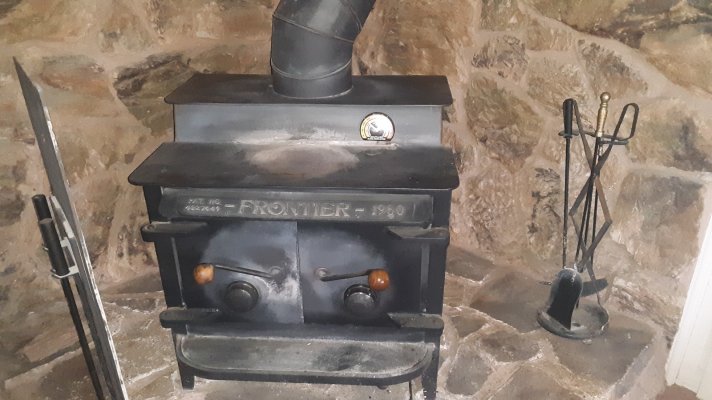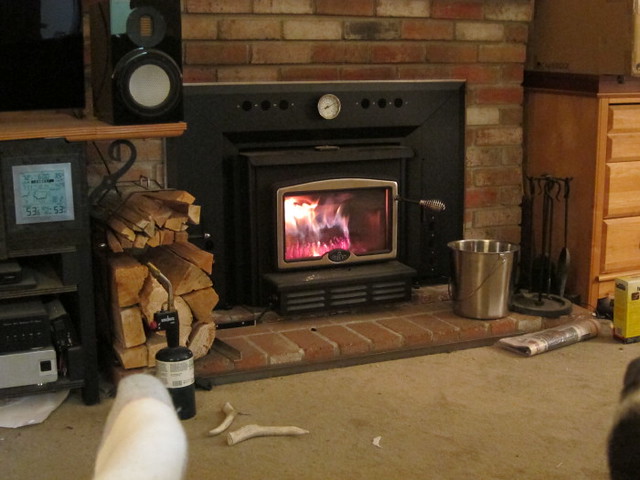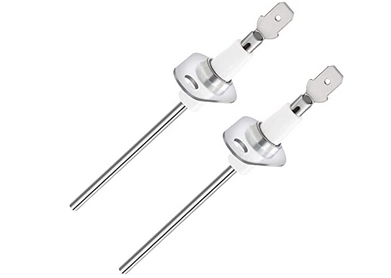- Joined
- Apr 14, 2006
- Messages
- 23,154
We have hot water radiators - the big old fashioned kind. The house was built in 1857 and originally did not have heat other than the four fireplaces. In 1992, when we moved in, the boiler was a big monstrosity that had once been coal fired but had at some point in the distant past been converted to fuel oil. In early 1994, we replaced the boiler with an oil fired Burnham V-74 unit. In 2012, we replaced just the burner part with a Wayne gas conversion burner and switched to natural gas. We had to replace the combustion chamber and the controller unit in 2014. Nothing since then.
So the simple answer is that our boiler is 27 years old, with a few modifications and repairs in the interim. I have become resigned to the fact that we will likely have to get an entirely new gas boiler in the not too distant future. I expect when that happens, we will eschew the super efficient boiler because we probably won't live here long enough to recoup the extra cost.
So the simple answer is that our boiler is 27 years old, with a few modifications and repairs in the interim. I have become resigned to the fact that we will likely have to get an entirely new gas boiler in the not too distant future. I expect when that happens, we will eschew the super efficient boiler because we probably won't live here long enough to recoup the extra cost.



